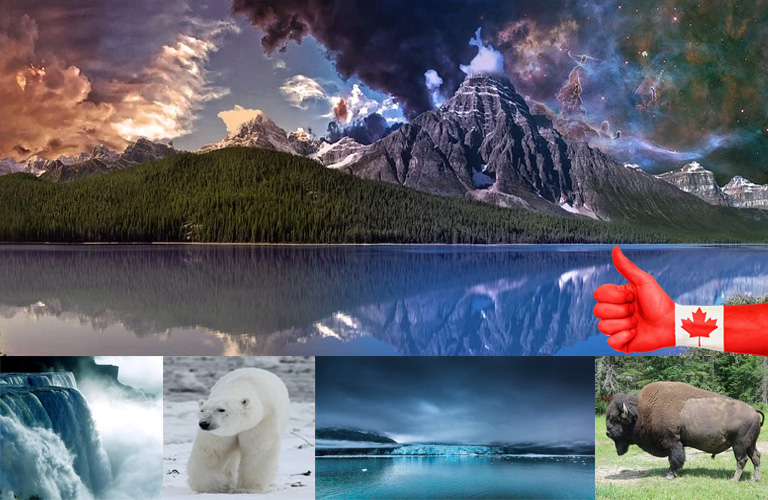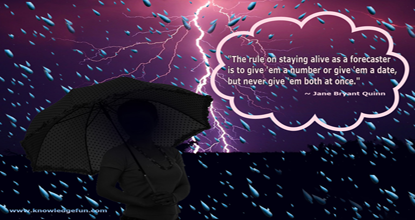Wonders of the World in Canada

Since 1976 when Canada joined the World Heritage Convention, 20 of Canada's most cherished heritage sites have met the criteria to be inscribed on UNESCO’s World Heritage List. They represent some of humanity’s most outstanding achievements and nature’s most inspiring creations.
UNESCO’s World Heritage List of extraordinary wonders currently includes 20 sites in Canada, 12 of which fall under the management of Parks Canada.
UNESCO sites in Canada range from the pure and magnificent wilderness of Nahanni National Park Reserve in the Northwest Territories to Ontario's Rideau Canal National Historic Site, a 200 kilometre-long marvel of early 19th century engineering. In between, there are the remains of a Viking settlement more than 1,000 years old at L'Anse aux Meadows National Historic Site in Newfoundland and Labrador.
Some wonders of the world in Canada celebrate the history of human migration while others provide evidence of the forces that have shaped the planet. Some bear witness to the story of evolution of life on Earth and yet others pay tribute to extraordinary human achievements. They all cross the bounds of space, time and language and present Canada's stories of international significance to the world.
Straddling the border of Alberta and the Northwest Territories is Wood Buffalo National Park. Home to whooping cranes, bison, and some of the largest undisturbed grass and sedge meadows in North America, the park occupies an area larger than Switzerland. From the stunning fjords and naked geology of Gros Morne National Park in Newfoundland and Labrador to the ancient Haida culture of the coastal rainforest of British Columbia, Canada's UNESCO World Heritage sites offer an experience and adventure that is unique in the world.
As of 2019, the following properties are World Heritage sites in Canada. They are listed in the order they were inscribed:
- L'Anse aux Meadows National Historic Site, Newfoundland and Labrador
- Nahanni National Park, Northwest Territories
- Dinosaur Provincial Park, Alberta
- Kluane/Wrangell – St.Elias/Glacier Bay/Tatshenshini-Alsek, Yukon and British Columbia (and Alaska)
- Head-Smashed-In Buffalo Jump, Alberta
- SGang Gwaay, British Columbia
- Wood Buffalo National Park, Alberta and Northwest Territories
- Canadian Rocky Mountain Parks, Alberta and British Columbia
- Historic District of Old Québec, Quebec
- Gros Morne National Park, Newfoundland and Labrador
- Old Town Lunenburg, Nova Scotia
- Waterton-Glacier International Peace Park, Alberta (and Montana)
- Miguasha National Park, Quebec
- Rideau Canal, Ontario
- Joggins Fossil Cliffs, Nova Scotia
- Landscape of Grand Pré, Nova Scotia
- Red Bay Basque Whaling Station, Newfoundland and Labrador
- Mistaken Point, Newfoundland and Labrador
- Pimachiowin Aki, Manitoba and Ontario
- Writing-on-Stone / Áísínai’pi, Alberta
Learn more about Canada’s 20 World Heritage sites.
Did You Know?
The World Heritage Committee of the United Nations Educational, Scientific and Cultural Organization (UNESCO) has recognized natural and cultural wonders around the globe, promoting their protection and preservation since 1972.
Canada produces 71% of the world's pure maple syrup, and 91% of that amount is produced in Quebec.
Failure is not fatal, but failure to change might be.
:: What You Should Know ::
Wind turbines convert the kinetic energy in the wind into mechanical power. Modern wind turbines fall into two basic groups: the horizontal-axis variety, and the vertical-axis design.Horizontal-axis wind turbines typically either have two or three blades. These three-bladed wind turbines are operated "upwind," with the blades facing into the wind.
Utility-scale turbines range in size from 100 kilowatts to as large as several megawatts.
Larger turbines are grouped together into wind farms, which provide bulk power to the electrical grid.
Single small turbines, below 100 kilowatts, are used for homes, telecommunications dishes, or water pumping.
"We are like tenant farmers chopping down the fence around our house for fuel when we should be using Nature's inexhaustible sources of energy - sun, wind and tide. What a source of power! I hope we don't have to wait until oil and coal run out before we tackle that."
~ Thomas A. Edison





